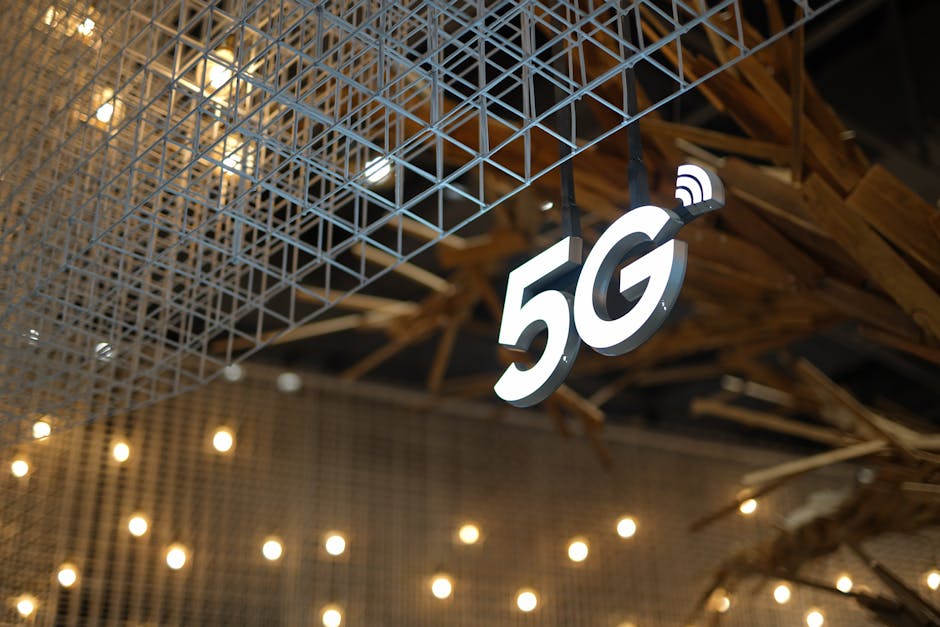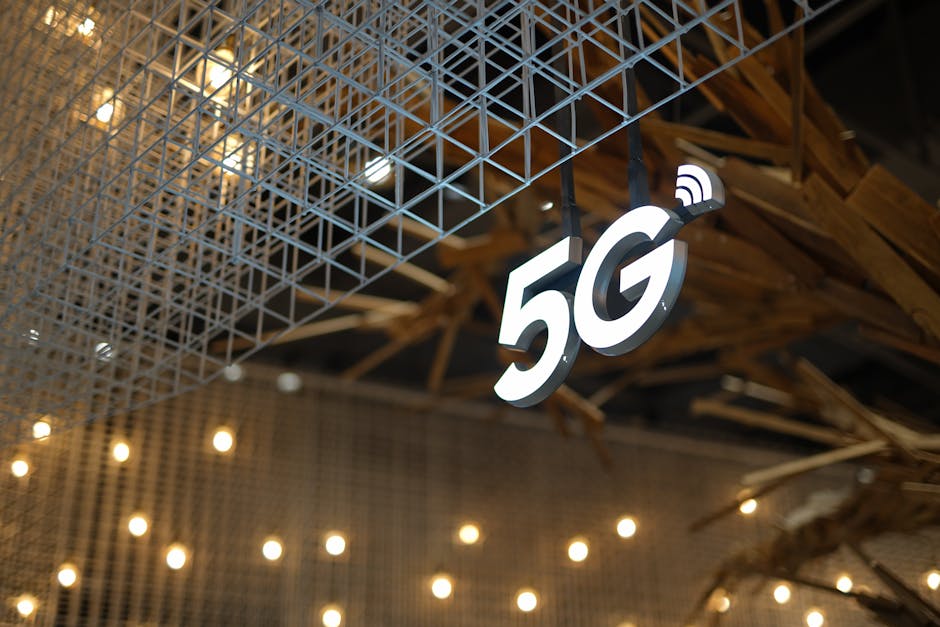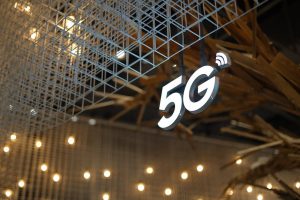The Role of 5G Infrastructure and GeoTel’s TeleTracker in Connectivity Advancements

In today’s hyper-connected world, 5G infrastructure plays a pivotal role in transforming telecommunications, driving innovation, and meeting the growing demands of digital technology. As industries such as real estate, smart-city development, network planning, and site selection increasingly rely on robust connectivity, understanding the deployment and location of 5G towers can provide valuable insights. A search for ‘5G towers near me’ can shed light on connectivity in a specific region, but for a deeper understanding, tools like GeoTel’s TeleTracker offer unparalleled benefits.
What Makes 5G Different from Previous Generations?

Pexels
Unlike 4G networks, 5G is not merely a faster connection; it’s a paradigm shift in telecommunications technology. It operates on higher frequency bands with shorter ranges, which necessitates an entirely new infrastructure setup that includes small cell deployments, densified urban nodes, and rooftop installations. These site types are strategically scattered across dense urban and suburban zones to deliver seamless and high-speed connectivity. This difference is critical as it influences network planning, technology rollouts, and even real-estate development to ensure infrastructure aligns with both current demands and future growth strategies.
How GeoTel’s Dataset and TeleTracker Revolutionize Telecom Planning

Pexels
GeoTel’s Cell Tower Locations dataset provides detailed information on over 500,000 cell sites, ranging from traditional towers to small cells. Leveraging tools like TeleTracker, a cloud-based SaaS platform, users can gain access to location-specific and attribute-rich data on telecom infrastructure. This service empowers industries to make informed decisions regarding site acquisition, 5G rollout strategies, and carrier partnerships. By integrating spatial and attribute data into an interactive mapping platform, businesses can optimize network planning and ensure service reliability.
A prime example lies in the capabilities TeleTracker offers. For instance, real estate developers can assess whether a potential site is 5G-enabled before making leasing decisions. Similarly, by using this data, telecom providers can identify opportunities for infrastructure enhancements in underdeveloped areas, ensuring connectivity is accessible in both urban and rural communities. The actionable intelligence from the TeleTracker platform minimizes guesswork, transforming how industries interact with telecommunications networks.
Why Accurate 5G Data Matters for Businesses and Communities

Pexels
Accurate and comprehensive data on 5G towers is not just a luxury—it is a necessity for staying competitive in today’s technology-driven world. Unlike generic search engines or crowdsourced maps, GeoTel’s data gives users clarity on a tower’s location, type, and support capabilities. This level of precision is essential for industries seeking to make data-driven decisions about connectivity and infrastructure. Whether aiding in urban development projects or optimizing rural communication strategies, TeleTracker empowers users to meet modern connectivity demands effectively.
For example, imagine you’re in a city like Sanford, Florida. Using TeleTracker to analyze local cell sites, you can pinpoint where 5G towers are positioned, their installation type, and the specific areas they support. This insight helps businesses thrive in an increasingly digital-first economy by aligning their strategies with local connectivity trends.
Conclusion: Leveraging TeleTracker for 5G Success

Pexels
If you’re a business, developer, or technology enthusiast aiming to leverage 5G infrastructure beyond curiosity, GeoTel’s TeleTracker platform provides the tools you need. Its robust dataset and user-friendly interface ensure seamless identification and analysis of telecom infrastructure, allowing for smarter network planning, faster rollouts, and reliable service improvements. As 5G continues to expand globally, solutions like TeleTracker are indispensable for industries looking to stay ahead in the connectivity landscape.



